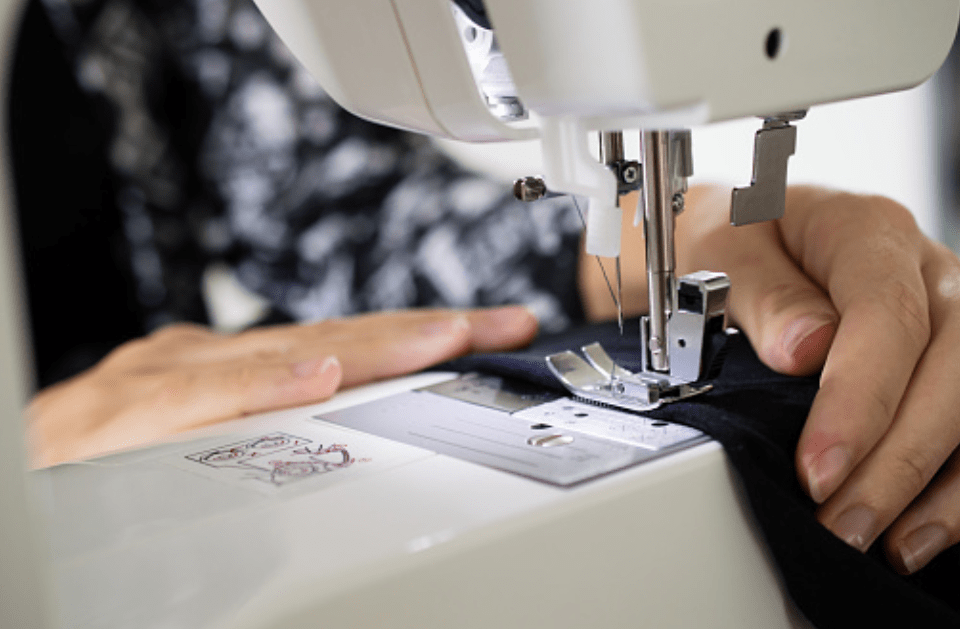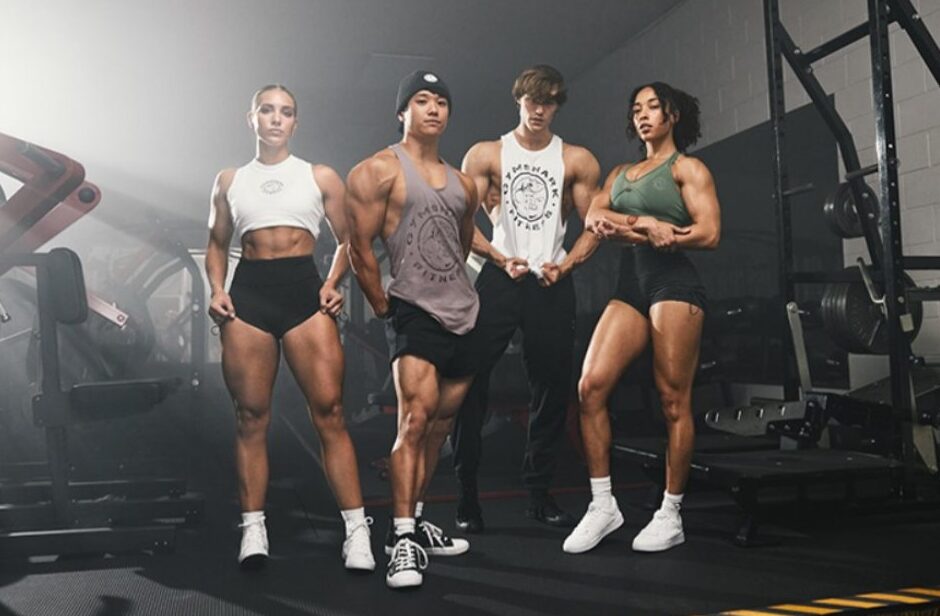
Introduction
In today's textile industry, sustainability has emerged as a pivotal concern, driving the demand for eco-friendly fabrics. Consumers and manufacturers alike are increasingly gravitating towards materials that minimize environmental impact without compromising on quality. This article delves into the comparative analysis of hemp fabric against other sustainable alternatives, highlighting its unique benefits and advantages.
Overview of Sustainable Fabrics
Sustainable fabrics are characterized by their minimal environmental footprint throughout their lifecycle. They encompass materials produced with reduced chemical inputs, lower water consumption, and improved biodegradability compared to conventional textiles.
Importance of Sustainability in Textiles
The textile industry is notorious for its significant environmental impact, from pesticide use in conventional cotton farming to water-intensive processing methods. Sustainable fabrics offer a compelling solution by promoting practices that conserve resources and support biodiversity.
Hemp Fabric
Subsection 1.1: Definition and Characteristics
Hemp fabric is derived from the fibers of the Cannabis sativa plant. It is known for its robustness and versatility, making it an ideal choice for various textile applications.
Properties
- Durability: Hemp fabric is exceptionally durable, often surpassing cotton in strength.
- Breathability: It offers excellent breathability, keeping the wearer cool in warm climates.
Subsection 1.2: Sustainability Factors
Hemp cultivation stands out for its minimal environmental impact compared to other fabrics.
Environmental Impact
- Cultivation: Hemp requires minimal pesticides and fertilizers, reducing soil toxicity and promoting biodiversity.
- Water Usage: It consumes significantly less water compared to cotton, a crucial consideration in water-stressed regions.
Subsection 1.3: Performance in Clothing
Hemp fabric blends comfort with sustainability, offering a soft texture that improves with each wash.
Comfort and Longevity
- Comfort: It becomes softer over time while retaining its shape and durability.
- Longevity: Hemp garments are known for their longevity, reducing the need for frequent replacements.
Organic Cotton
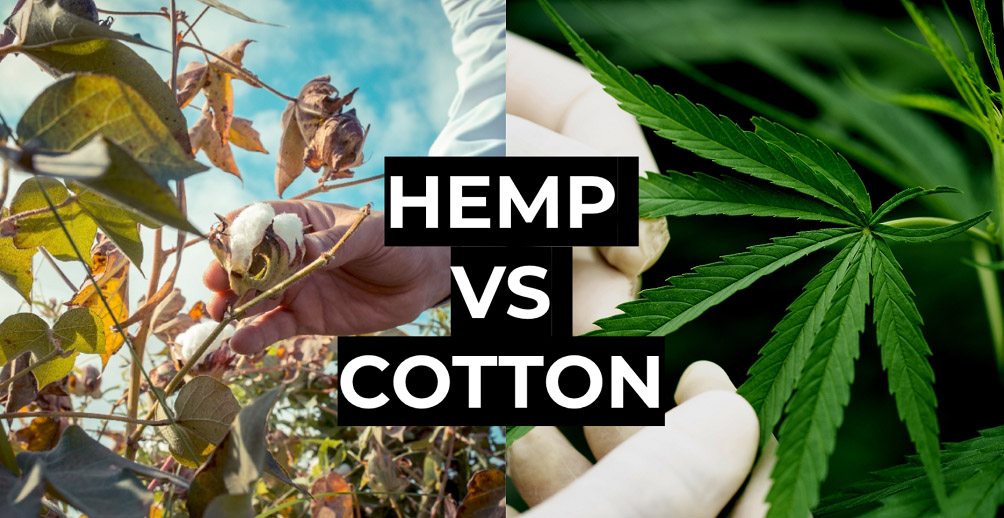
Subsection 2.1: Definition and Characteristics
Organic cotton is cultivated without synthetic pesticides or genetically modified seeds, emphasizing soil health and reducing water pollution.
Sustainability Factors
- Pesticide and Water Usage: Organic cotton farming eliminates harmful chemicals, preserving water quality and supporting ecosystem health.
- Soil Health: It promotes soil fertility and biodiversity, crucial for sustainable agriculture.
Subsection 2.3: Performance in Clothing
Organic cotton offers comparable comfort to conventional cotton but with lower environmental impact.
Bamboo Fabric
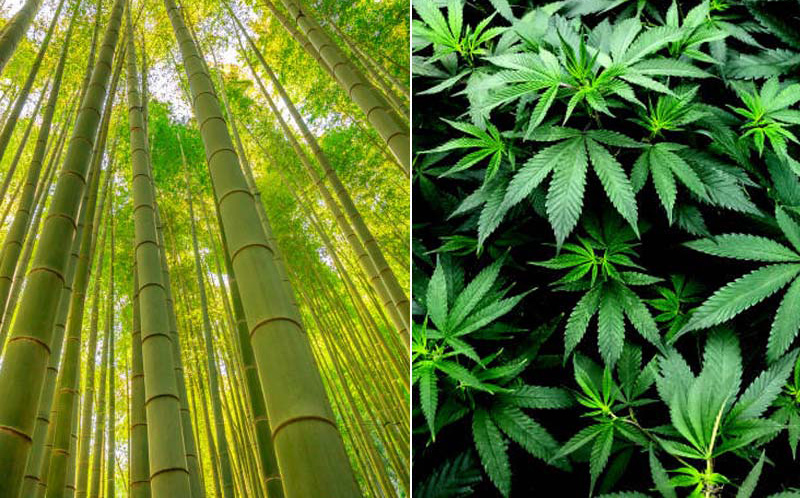
Subsection 3.1: Definition and Characteristics
Bamboo fabric is derived from bamboo grass and prized for its softness and breathability.
Sustainability Factors
- Growth Characteristics: Bamboo grows rapidly and requires minimal water and pesticides.
- Processing Challenges: Chemical processing can impact its sustainability credentials.
Subsection 3.3: Performance in Clothing
Bamboo fabric excels in moisture-wicking properties, ideal for activewear and warm climates.
Linen Fabric
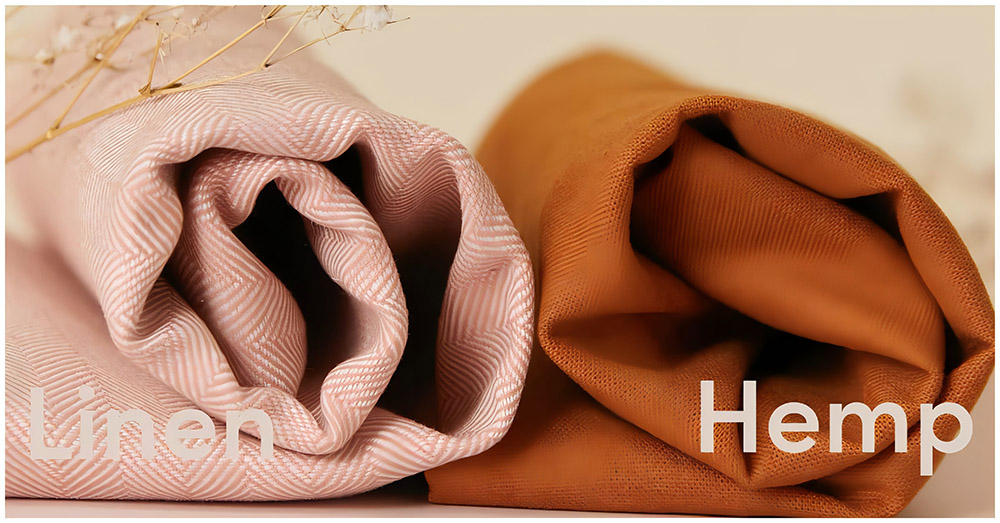
Subsection 4.1: Definition and Characteristics
Linen fabric is made from the fibers of the flax plant, renowned for its coolness and freshness.
Sustainability Factors
- Flax Cultivation: Flax requires less water and chemicals compared to other crops.
- Biodegradability: Linen is fully biodegradable, minimizing landfill waste.
Subsection 4.3: Performance in Clothing
Linen fabric offers exceptional comfort in hot and humid conditions, making it a preferred choice for summer apparel.
Comparative Analysis
Subsection 5.1: Environmental Impact
Lifecycle Analysis Comparison: When comparing the environmental impact, hemp fabric stands out for its low water and pesticide usage, making it a frontrunner in sustainable textiles.
Carbon Footprint Considerations
- Hemp vs. Cotton: Hemp has a significantly lower carbon footprint due to reduced inputs and sustainable farming practices.
Subsection 5.2: Performance Metrics
Strength, Breathability, and Comfort Comparison: Hemp fabric excels in strength and breathability, offering superior comfort and durability compared to organic cotton, bamboo, and linen.
Conclusion
In conclusion, hemp fabric emerges as a standout choice among eco-friendly textiles, combining durability, breathability, and minimal environmental impact. Its robust properties make it an ideal alternative to conventional fabrics like cotton and bamboo, offering consumers a sustainable option without compromising quality.
As the textile industry continues to prioritize sustainability, hemp fabric represents a forward-thinking solution for environmentally conscious consumers and manufacturers alike.

